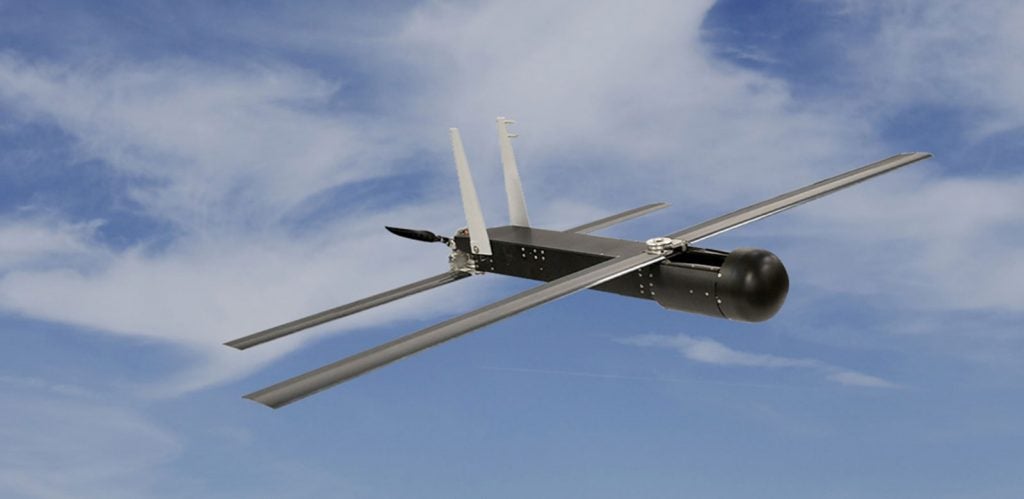US Navy Awards Contract for Suicide Drones to Raytheon
On 26 February, the US Department of Defense released a fresh list of contract awards. Perhaps worthy of particular attention is the $32,853,210 cost-plus-fixed-fee contract awarded to Raytheon for “Autonomous Swarm/Strike – Loitering Munitions”. To quote the official statement directly:
“This contract provides for work on the Coyote Block 3 (CB3) Autonomous Strike—a rapid capability effort to achieve operational launch capability from unmanned surface vessels (USVs) and an unmanned underwater vessel (UUV). The intended concept of operations (CONOP) and tactics, techniques and procedures (TTPs) are to provide intelligence, surveillance and reconnaissance (ISR) and precision strike capability from maritime platforms. Additionally, the High Volume Long Range Precision Strike (HVLRPS) from USVs and Fires (HVLRPF) from UUVs demonstrations will leverage prior efforts including the Innovative Naval Prototype (INP) and progress on the Mobile Precision Attack Vehicle (MoPAV). Work will be performed in Tucson, Arizona with an expected completion date of Feb. 26, 2024.”
The US Army has already made purchases of earlier versions of the Coyote drone in the past with the capability to defend against enemy drone attacks in mind while the USMC has considered their use as a smart munition with the potential to replace mortars their fire support mission.
The navy however, is likely considering the utility of these suicide drones working in swarms. Swarms of AI-driven smart bombs could make for potent defense against enemy drones operating in numbers large and small and could perhaps even be useful on the offensive, being able to penetrate enemy defenses in areas the navy is unable to establish superiority, such as near China’s coastline. Areas where current manned assets could not go. Even if these ultimately prove unsuccessful in such missions, they would at least force America’s adversaries to redirect a portion of their assets and resources to counter these relatively inexpensive weapons. Raytheon’s drones could even be integrated as part of a larger network of unmanned craft with a much wider range of capabilities.
Much of the information regarding the projects dealing directly with such unmanned swarms is unavailable to the public but their potential is clear. Arguably, a lineage could be drawn to the Kamikaze attacks the Americans faced in World War II which are known to have inspired Soviet naval thought regarding missiles. One could say its somewhat ironic that the US Navy’s latest technological concept can be linked back to the concepts of its two previous great naval adversaries although one would be hard pressed to call this unusual.

